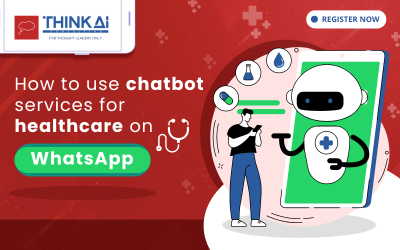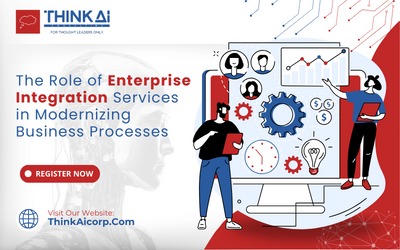According to a recent survey report, only seven percent of 1,000 plus respondents with over 500 staff claimed to have included enterprise integration services in their businesses. However, the report acknowledges the recent shift in the landscape, stating that in the next 12 to 18 months, more firms are expected to embrace the benefits of enterprise integration.
Enterprise integration was not deemed necessary just a couple of years ago. But, the global pandemic has catalyzed a paradigm shift since COVID-19 struck the world, paralyzing the global economy. Since then, enterprise integration has prompted businesses to reevaluate their strategies.
Cloud migration and digital transformation are now meticulously planned components of entrepreneurs’ business systems.
Why Firms Need Enterprise Integration:
Enterprise integration has evolved into a critical component for contemporary businesses. Acting as a comprehensive solution, it enhances data security, seamlessly integrates AI and Automation into office infrastructure, and proves cost-effective and reliable while bolstering decision-making capabilities. Moreover, enterprise Integration Services contribute significantly to a firm’s technical prowess. The shift from traditional point-to-point coding to plug-and-play simplicity enables rapid development of interfaces, allowing for integration modifications within a day or two, with minimal testing and code usage.
The integration platform now boasts intuitive dashboards that display live statuses and activities in real-time, facilitating seamless creation and modification of integrations as needed.
Key Benefits of Enterprise Integration:
Transparency and cost reduction stand out as primary objectives of including enterprise integration services into day-to-day business operations. The optimization of data security and firewall management streamlines operations. Instead of sifting through multiple log files, error reports due to data breaches are immediately visible, aiding software teams in prompt troubleshooting.
The power of an enterprise integration platform as a service (eiPaaS) empowers users to control, monitor, log, and alert platform and integration access and events. Additionally, automated reporting ensures compliance with internal and external security, governance standards, and industry regulations.
Implementing an enterprise integration strategy during downtime enables businesses to immediately achieve recovery point objectives (RPOs) and recovery time objectives (RTOs). Keeping integrations organized, easily accessible, automatically backed up, and stored provides instant support.
Comprehensive error and exception handling, such as timeouts, retries, alerts, logging, and real-time status visibility in a dashboard, ensure operational continuity even if an endpoint is unavailable.
Current Trends in Enterprise Integration Services:
1. Real-time Data Processing and Analytics:
The emphasis on real-time data processing and analytics is a notable trend. Modern Enterprise Integration Services (EIS) offer enhanced capabilities to process and analyze data instantly, providing businesses with quick insights for agile decision-making.
2. AI-Powered automation:
The integration of artificial intelligence (AI) has revolutionized EIS. AI-powered automation streamlines tasks and optimizes complex processes, enhancing efficiency and allowing businesses to allocate human resources strategically.
3. Enhanced Security Measures:
Given the rising concerns about cybersecurity, contemporary EIS prioritizes robust security measures. Encryption, multi-factor authentication, and advanced threat detection mechanisms are integral components, ensuring the protection of sensitive business data in an interconnected environment.
4. Scalability and Flexibility:
Scalability and flexibility are paramount features in modern EIS. Designed to handle increased data volumes and adapt to evolving business structures, these platforms seamlessly scale to accommodate diverse needs.
5. Integration with Cloud-native Technologies:
EIS increasingly integrates with cloud platforms, providing businesses with the flexibility of cloud services. This facilitates smoother transitions for organizations adopting cloud-centric strategies, enhancing accessibility, collaboration, and overall system agility.
6. API-Centric Approaches:
Application Programming Interfaces (APIs) are pivotal in contemporary enterprise integrations. API-centric approaches enable modular and efficient connectivity between diverse applications, fostering greater interoperability for the seamless integration of new tools and technologies.
Conclusion:
In conclusion, to leverage the full potential of enterprise integration services, it is crucial to have a robust strategy in place. This strategy should support current and future systems and initiatives, enabling rapid creation and modification of integrations to align with business goals and needs. The continuous evolution of Enterprise Integration Services ensures that businesses stay at the forefront of technological advancements, driving operational excellence and competitiveness.





